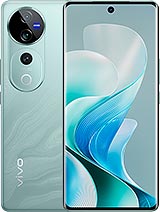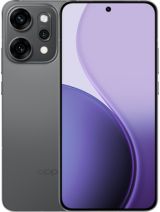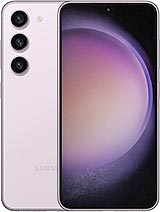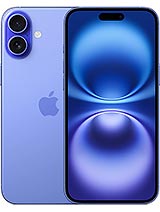Motorola Edge 50 Ultra alternatives
Tap above to see alternatives.
Xiaomi 15 Ultra alternatives
Tap above to see alternatives.
Motorola Edge 50 Ultra
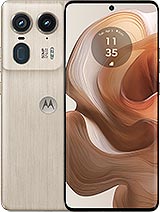
Motorola Edge 50 Ultra
-
Snapdragon 8s Gen 3
4 nm
-
4500 mAh
125W
-
6.7"
1220x2712 pixels
-
50 MP
4K@30/60fps
- Specs
Xiaomi 15 Ultra

Xiaomi 15 Ultra
-
Snapdragon 8 Elite
3 nm
-
5410 mAh
90W
-
6.73"
1440 x 3200 pixels
-
50 MP
8K@30fps
-
Specs

1x3.0 GHz Cortex-X4
4x2.8 GHz Cortex-A720
3x2.0 GHz Cortex-A520
2x4.32 GHz Oryon V2 Phoenix L
6x3.53 GHz Oryon V2 Phoenix M
16GB 512GB (UFS 4.0)
16GB 1024GB (UFS 4.0)
16GB 512GB (UFS 4.1)
16GB 1024GB (UFS 4.1)
(f/1.6, (wide), 1/1.3", 1.2µm, multi-directional PDAF, Laser AF, OIS)
64 MP
(f/2.4, 72mm (periscope telephoto), 0.7µm, PDAF, OIS, 3x optical zoom)
50 MP
(f/2.0, 12mm, 122˚ (ultrawide), 0.64µm, AF)
f/1.6, 23mm (wide), 1.0"-type, 1.6µm, Sony LYT-900, dual pixel PDAF, OIS
50 MP
f/1.8, 70mm (telephoto), 1/2.51", 0.7µm, Sony IMX858, dual pixel PDAF (10cm - ∞), OIS, 3x optical zoom
200 MP
f/2.6, 100mm (periscope telephoto), 1/1.4", 0.56µm, Samsung S5KHP9, multi-directional PDAF, OIS, 4.3x optical zoom
50 MP
f/2.2, 14mm, 115˚ (ultrawide), 1/2.76", 0.64µm, Samsung S5KJN5, dual pixel PDAF
TOF 3D, (depth)
1080p@30/60/120/240/960fps
4K@30/60/120fps
1080p@30/60/120/240/480/960/1920fps
(f/1.9, (wide), 0.64µm, AF)
f/2.0, 21mm (wide), 1/3.14", 0.7µm, OmniVision OV32B40
1080p@30/60/120fps
1080p@30/60fps
SIM1: Nano, SIM2: eSIM
SIM1: Nano, SIM2: Nano
17 5G bands
n1, n2, n3, n5, n7, n8, n20, n26, n28, n38, n40, n41, n66, n71, n75, n77, n78
21 5G bands
n1, n2, n3, n5, n7, n8, n12, n20, n25, n26, n28, n38, n40, n41, n48, n66, n71, n75, n77, n78, n79
In this performance comparison, the Xiaomi 15 Ultra with its Qualcomm Snapdragon 8 Elite (3nm) performs better than the Motorola Edge 50 Ultra with the Qualcomm Snapdragon 8s Gen 3 (4nm), thanks to superior chipset efficiency.
Xiaomi 15 Ultra offers 4 years of OS updates, whereas Motorola Edge 50 Ultra provides 3 years. For security updates, Xiaomi 15 Ultra offers 6 years of support compared to Motorola Edge 50 Ultra's 4 years.
Both Motorola Edge 50 Ultra and Xiaomi 15 Ultra feature AMOLED displays, offering vibrant colors and deeper blacks. In terms of smoothness, Motorola Edge 50 Ultra offers a higher 144 Hz refresh rate, ensuring fluid scrolling and animations. Xiaomi 15 Ultra also boasts a brighter screen with 3200 nits of peak brightness, enhancing outdoor visibility. Notably, Xiaomi 15 Ultra offers a higher screen resolution, resulting in sharper visuals and more detailed content.
Xiaomi 15 Ultra features a larger 5410 mAh battery, potentially delivering better battery life. Motorola Edge 50 Ultra also supports faster wired charging at 125W, compared to 90W on Xiaomi 15 Ultra. Xiaomi 15 Ultra supports faster wireless charging at 80W, compared to 50W on Motorola Edge 50 Ultra.
Both phones feature the same IP68 rating for water and dust resistance.
- Xiaomi 15 Ultra – Check price here
¹ Scores can vary even with the same chipset due to RAM, thermals, and software optimization.


